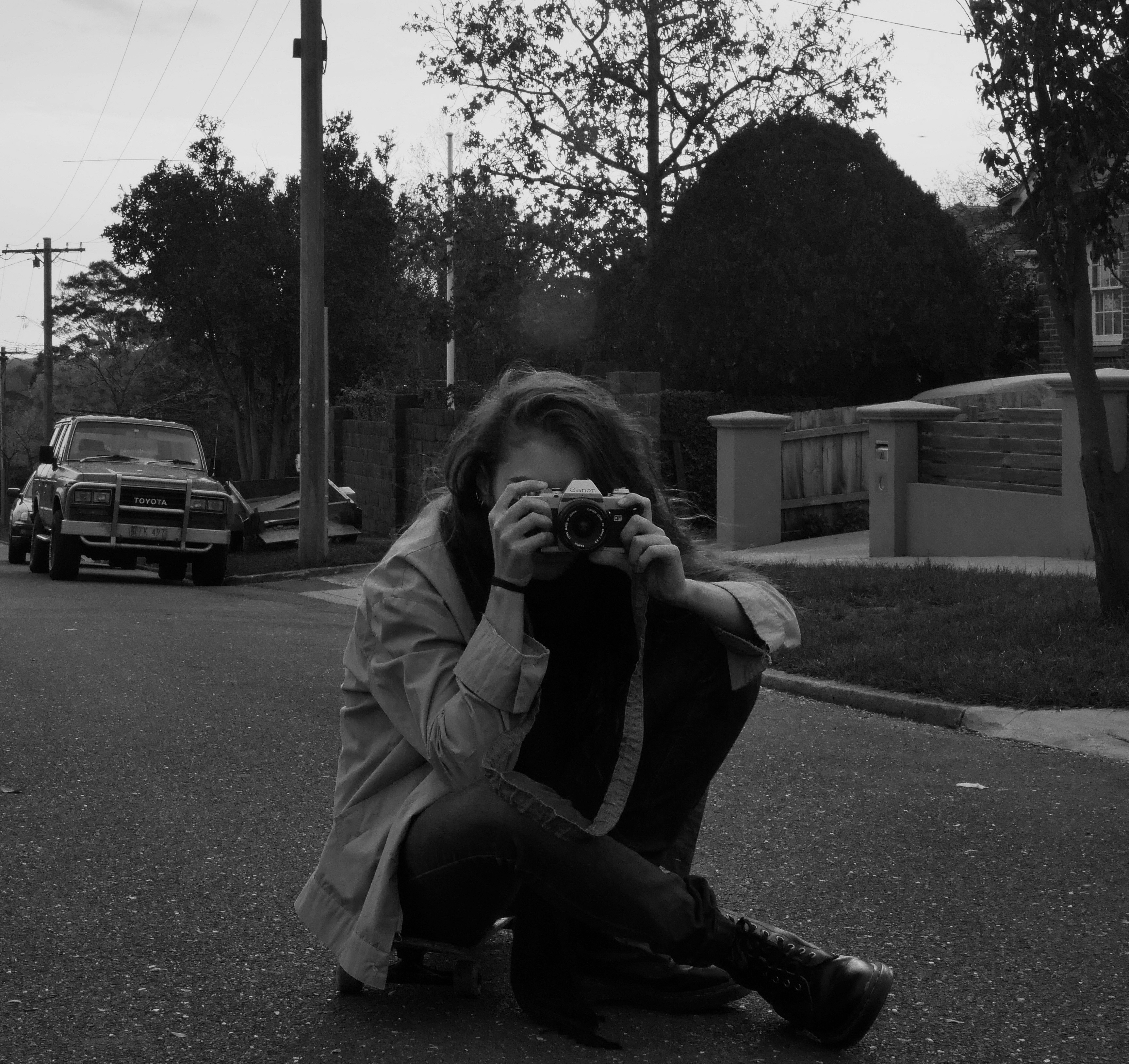Seeing the Unseen ‘A3 Reflection’ (W8 Media 4)
The conclusion of my experiments and feedback from the pitch have given me more depth into what I want to set out and achieve for the final project. I am quite happy with my introspective idea as I feel like it is unique and relates to my own characteristics of curiosity and observing others. I did find I brushed over my pitch a little too quickly when presenting not touching enough on my learning but I did have a confident idea of what I wanted to do which I believe came across well and that was the most important aspect that I set out to achieve.

Feedback from the panel included helpful tips and debate into how deep I should film with my introspective ‘lens’. Paul discussed examining a single individual rather than multiple to make a more in-depth character project. He also added to keep my content open whilst filming, for example filming multiple people and then potentially only choosing a single individual to go into more depth or if all individuals present enough habits to add all the footage into the final project. I liked that the panel endorsed that I don’t have to be deadest on the production of my final project and to rather let it bloom and flourish naturally so that it will turn into a piece that evolves rather than having an idea in stone that has to be set out and completed.A final piece of advice given was to focus on what ‘I’ want to achieve and not what I think will please an audience, this is my own project and should be for my own development.
If I was to do this project again I would like to use my media skills earlier on in the experiments. I used media less than I thought I would as a lot of my experiments were a learning process and I only documented more with my camera as they progressed- when I knew what I wanted to capture and record. I think for my final there will definitely be more media in my portfolio now that I know exactly what I want to work on. I also believe this will help me experiment more with the type of piece I want to create (as practice of course leads to a better product).
Finally I will still be observing other individuals habits for the development of the final project. This will make sure I keep my awareness of habits and behaviors so that when It comes to filming I will be able to look into ones character easily without having to dig and film habits that aren’t true to an individual.
























 Taking from the last quote I will be collecting various media in relation to my own thoughts. Whether it be specific flora and fauna, individuals or objects that grab my attention. My aim is to observe but in a relaxed state, I want to note everything as though I am a visitor enjoying rather than a student studying.
Taking from the last quote I will be collecting various media in relation to my own thoughts. Whether it be specific flora and fauna, individuals or objects that grab my attention. My aim is to observe but in a relaxed state, I want to note everything as though I am a visitor enjoying rather than a student studying.